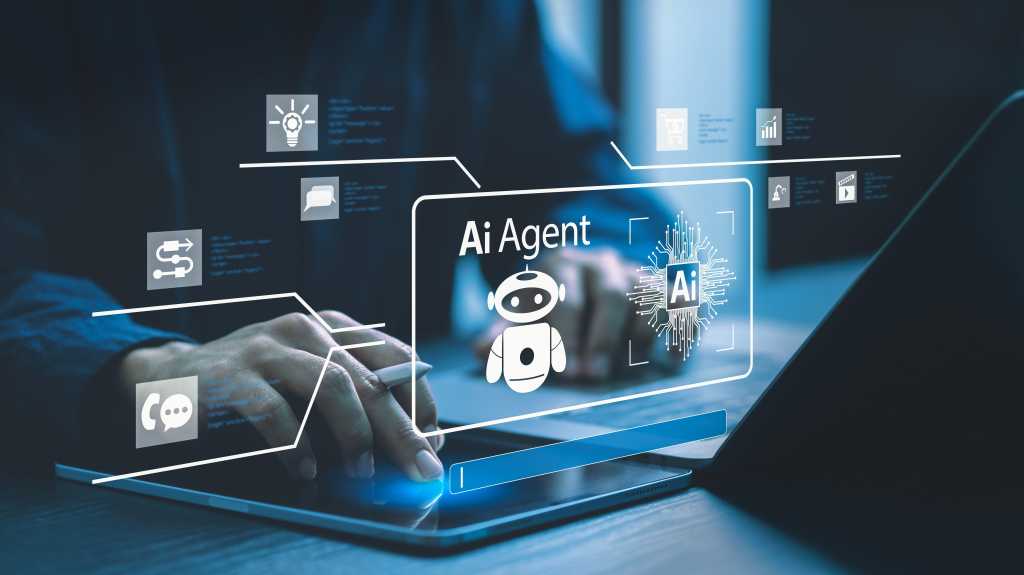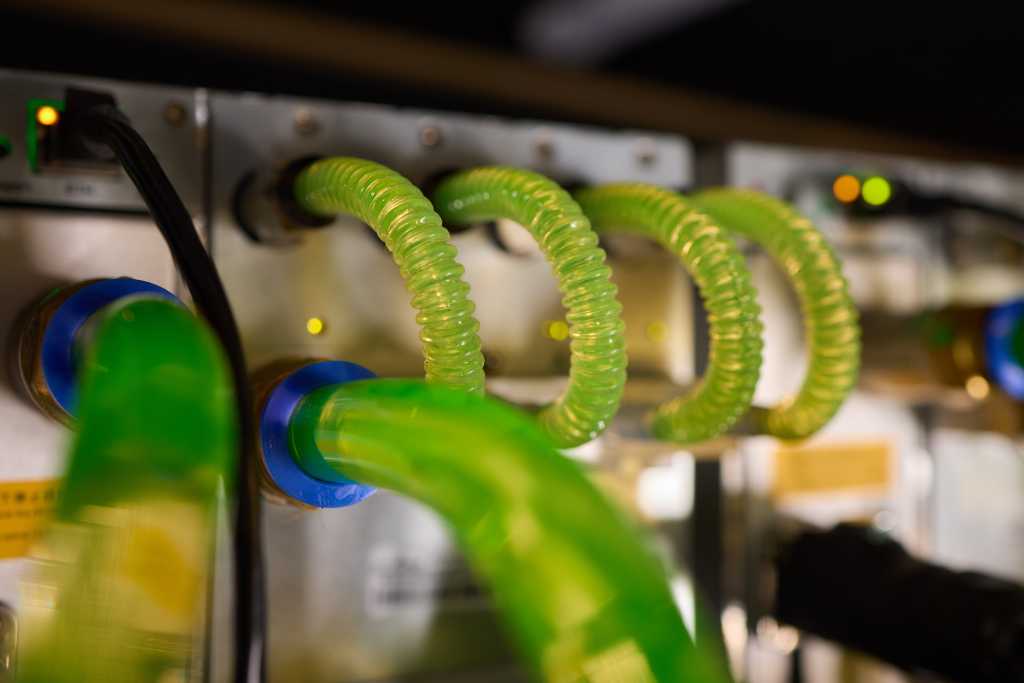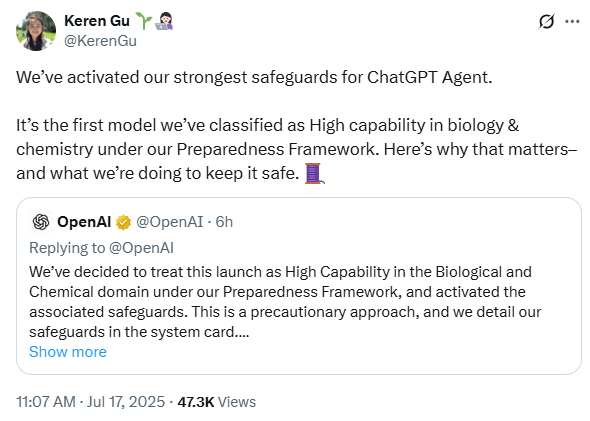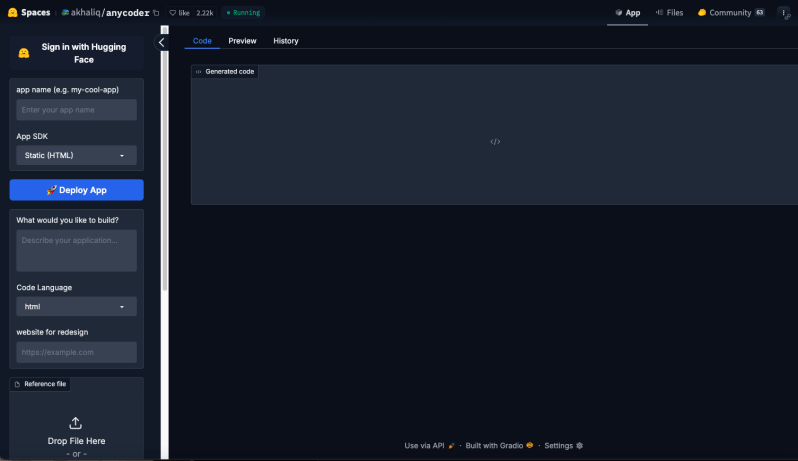Salesforce has crossed a significant threshold in the enterprise AI race, surpassing 1 million autonomous agent conversations on its help portal — a milestone that offers a rare glimpse into what it takes to deploy AI agents at massive scale and the surprising lessons learned along the way.
The achievement, confirmed by company executives in exclusive interviews with VentureBeat, comes just nine months after Salesforce launched Agentforce on its Help Portal in October. The platform now resolves 84% of customer queries autonomously, has led to a 5% reduction in support case volume, and enabled the company to redeploy 500 human support engineers to higher-value roles.
But perhaps more valuable than the raw numbers are the hard-won insights Salesforce gleaned from being what executives call “customer zero” for their own AI agent technology — lessons that challenge conventional wisdom about enterprise AI deployment and reveal the delicate balance required between technological capability and human empathy.
“We started really small. We launched basically to a cohort of customers on our Help Portal. It had to be English to start with. You had to be logged in and we released it to about 10% of our traffic,” explains Bernard Shaw, SVP of Digital Customer Success at Salesforce, who led the Agentforce implementation. “The first week, I think there was 126 conversations, if I remember rightly. So me and my team could read through each one of them.”
The AI Impact Series Returns to San Francisco – August 5
The next phase of AI is here – are you ready? Join leaders from Block, GSK, and SAP for an exclusive look at how autonomous agents are reshaping enterprise workflows – from real-time decision-making to end-to-end automation.
Secure your spot now – space is limited: https://bit.ly/3GuuPLF
This methodical approach — starting with a controlled rollout before expanding to handle the current average of 45,000 conversations weekly — stands in stark contrast to the “move fast and break things” ethos often associated with AI deployment. The phased release allowed Salesforce to identify and fix critical issues before they could impact the broader customer base.
The technical foundation proved crucial. Unlike traditional chatbots that rely on decision trees and pre-programmed responses, Agentforce leverages Salesforce’s Data Cloud to access and synthesize information from 740,000 pieces of content across multiple languages and product lines.
“The biggest difference here is, coming back to my data cloud thing is we were able to go out the gate and answer pretty much any question about any Salesforce product,” Shaw notes. “I don’t think we could have done it without data cloud.”
Why Salesforce taught its AI agents empathy after customers rejected cold, robotic responses
One of the most striking revelations from Salesforce’s journey involves what Joe Inzerillo, the company’s Chief Digital Officer, calls “the human part” of being a support agent.
“When we first launched the agent, we were really concerned about, like, data factualism, you know, what is it getting the right data? Is it given the right answers and stuff like that? And what we realized is we kind of forgot about the human part,” Inzerillo reveals. “Somebody calls down and they’re like, hey, my stuff’s broken. I have a sub one incident right now, and you just come into like, ‘All right, well, I’ll open a ticket for you.’ It doesn’t feel great.”
This realization led to a fundamental shift in how Salesforce approached AI agent design. The company took its existing soft skills training program for human support engineers—what they call “the art of service” — and integrated it directly into Agentforce’s prompts and behaviors.
“If you come now and say, ‘Hey, I’m having a Salesforce outage,’ agent force will apologize. ‘I’m so sorry. Like, that’s terrible. Let me get you through,’ and we’ll get that through to our engineering team,” Shaw explains. The impact on customer satisfaction was immediate and measurable.
The surprising reason Salesforce increased human handoffs from 1% to 5% for better customer outcomes
Perhaps no metric better illustrates the complexity of deploying enterprise AI agents than Salesforce’s evolving approach to human handoffs. Initially, the company celebrated a 1% handoff rate — meaning only 1% of conversations were escalated from AI to human agents.
“We were literally high fiving each other, going, ‘oh my god, like only 1%,’” Shaw recalls. “And then we look at the actual conversation. Was terrible. People were frustrated. They wanted to go to a human. The agent kept trying. It was just getting in the way.”
This led to a counterintuitive insight: making it harder for customers to reach humans actually degraded the overall experience. Salesforce adjusted its approach, and the handoff rate rose to approximately 5%.
“I actually feel really good about that,” Shaw emphasizes. “If you want to create a case, you want to talk to a support engineer, that’s fine. Go ahead and do that.”
Inzerillo frames this as a fundamental shift in thinking about service metrics: “At 5% you really did get the vast, vast, vast majority in that 95% solved, and the people who didn’t got to a human faster. And so therefore their CSAT went up in the hybrid approach, where you had an agent and a human working together, you got better results than each of them had independently.”
How ‘content collisions’ forced Salesforce to delete thousands of help articles for AI accuracy
Salesforce’s experience also revealed critical lessons about content management that many enterprises overlook when deploying AI. Despite having 740,000 pieces of content across multiple languages, the company discovered that abundance created its own problems.
“There’s this words my team has been using that are new words to me, of content collisions,” Shaw explains. “Loads of password reset articles. And so it struggles on what’s the right article for me to take the chunks into Data Cloud and go to OpenAI and back and answer?”
This led to an extensive “content hygiene” initiative where Salesforce deleted outdated content, fixed inaccuracies, and consolidated redundant articles. The lesson: AI agents are only as good as the knowledge they can access, and sometimes less is more.
The Microsoft Teams integration that exposed why rigid AI guardrails backfire
One of the most enlightening mistakes Salesforce made involved being overly restrictive with AI guardrails. Initially, the company instructed Agentforce not to discuss competitors, listing every major rival by name.
“We were worried people were going to come in and go, ‘is HubSpot better than Salesforce’ or something like that,” Shaw admits. But this created an unexpected problem: when customers asked legitimate questions about integrating Microsoft Teams with Salesforce, the agent refused to answer because Microsoft was on the competitor list.
The solution was elegantly simple: instead of rigid rules, Salesforce replaced the restrictive guardrails with a single instruction to “act in Salesforce’s best interest in everything you do.”
“We realized we were still treating it like an old school chatbot, and what we needed to do is we needed to let the LLM be an LLM,” Shaw reflects.
Voice interfaces and multilingual support drive Salesforce’s next phase of AI agent evolution
Looking ahead, Salesforce is preparing for what both executives see as the next major evolution in AI agents: voice interfaces.
“I actually believe voice is the UX of agents,” Shaw states. The company is developing iOS and Android native apps with voice capabilities, with plans to showcase them at Dreamforce later this year.
Inzerillo, drawing on his experience leading digital transformation at Disney, adds crucial context: “What’s important about voice is to understand that the chat is really foundational to the voice. Because chat, like, you still have to have all your information, you still have to have all those rules… If you jump right to voice, the real problem with voice is it’s got to be very fast and it’s got to be very accurate.”
The company has already expanded Agentforce to support Japanese using an innovative approach—rather than translating content, the system translates customer queries to English, retrieves relevant information, and translates responses back. With 87% resolution rates in Japanese after just three weeks, Salesforce plans to add French, German, Italian, and Spanish support by the end of July.
Four critical lessons from Salesforce’s million-conversation journey for enterprise AI deployment
For enterprises considering their own AI agent deployments, Salesforce’s journey offers several critical insights:
- Start Small, Think Big: “Start small and then grow it out,” Shaw advises. The ability to review every conversation in early stages provides invaluable learning opportunities that would be impossible at scale.
- Data Hygiene Matters: “Be really conscious of your data,” Inzerillo emphasizes. “Don’t over curate your data, but also don’t under curate your data and really think through, like, how do you best position the company?”
- Embrace Flexibility: Traditional organizational structures may not align with AI capabilities. As Inzerillo notes, “If they try to take an agentic future and shove it into yesterday’s org chart, it’s going to be a very frustrating experience.”
- Measure What Matters: Success metrics for AI agents differ from traditional support metrics. Response accuracy is important, but so are empathy, appropriate escalation, and overall customer satisfaction.
The billion-dollar question: what happens after you beat human performance?
As Salesforce’s AI agents now outperform human agents on key metrics like resolution rate and handle time, Inzerillo poses a thought-provoking question: “What do you measure after you beat the human?”
This question gets to the heart of what may be the most significant implication of Salesforce’s million-conversation milestone. The company isn’t just automating customer service—it’s redefining what good service looks like in an AI-first world.
“We wanted to be the showcase to our customers and how we use agent force in our own experiences,” Shaw explains. “Part of why we do this… is so that we can learn these things, feed it back into our product teams, into our engineering teams to improve the product and then share these learnings with our customers.”
With enterprise spending on generative AI solutions projected to reach $143 billion by 2027, according to forecasts from International Data Corporation (IDC), Salesforce’s real-world lessons from the frontlines of deployment offer a crucial roadmap for organizations navigating their own AI transformations. Deloitte also estimates that global enterprise investments in generative AI could surpass $150 billion by 2027, reinforcing the scale and urgency of this technological shift.
The message is clear: success in the AI agent era requires more than just sophisticated technology. It demands a fundamental rethinking of how humans and machines work together, a commitment to continuous learning and iteration, and perhaps most surprisingly, a recognition that the most advanced AI agents are those that remember to be human.
As Shaw puts it: “You now have two employees. You have an agentic AI agent, and you have a human employee. You need to train both on the soft skills, the art of service.”
In the end, Salesforce’s million conversations may be less about the milestone itself and more about what it represents: the emergence of a new paradigm where digital labor doesn’t replace human work but transforms it, creating possibilities that neither humans nor machines could achieve alone.
Daily insights on business use cases with VB Daily
If you want to impress your boss, VB Daily has you covered. We give you the inside scoop on what companies are doing with generative AI, from regulatory shifts to practical deployments, so you can share insights for maximum ROI.
Read our Privacy Policy
Thanks for subscribing. Check out more VB newsletters here.
An error occured.





















